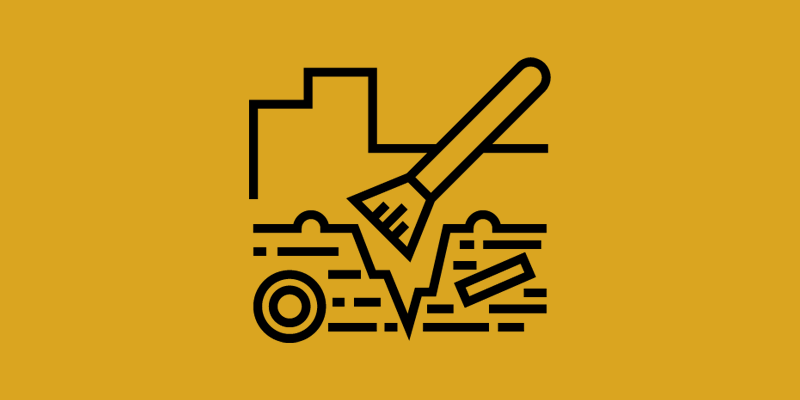Unearthing the Past with Technology
Archaeology and cultural heritage preservation are vital disciplines that help us understand our past and preserve our heritage for future generations. Today, these fields are embracing innovative technology, and Artificial Intelligence (AI) is playing a pivotal role in transforming how we uncover, preserve, and study the history of our world. In this article, we explore the remarkable ways AI is revolutionizing archaeology and cultural heritage conservation.
AI-Powered Archaeological Discoveries
AI is enhancing the efficiency and precision of archaeological research and excavations:
- Site Detection and Exploration: Algorithms can analyze satellite imagery and LiDAR data to identify potential archaeological sites, leading to more targeted excavations
- Artifact Identification: Machine learning models can recognize and categorize artifacts, such as pottery shards or coins, from images, reducing the time required for manual analysis
- Language Decipherment: AI has been instrumental in deciphering ancient scripts and languages, unlocking the meaning of inscriptions and texts
- 3D Reconstruction: AI and photogrammetry are used to create detailed 3D models of archaeological sites and artifacts, aiding in virtual exploration and preservation
AI in Cultural Heritage Conservation
Preserving cultural heritage for future generations is a top priority, and AI is helping in several ways:
- Art Restoration: Algorithms can restore damaged artworks, paintings, and frescoes, reconstructing missing details with remarkable accuracy
- Structural Health Monitoring: Sensors and drones can monitor the structural integrity of historical buildings, detecting signs of deterioration and aiding in timely repairs
- Artifact Preservation: Climate control systems help maintain optimal conditions for preserving fragile artifacts in museums and archives
- Document Digitization: AI-driven document scanners and text recognition tools digitize historical manuscripts and texts, ensuring their long-term accessibility
Real-Life Applications
AI has already made significant contributions to archaeology and cultural heritage:
- Stonehenge Discovery: Analysis of ground-penetrating radar data helped uncover previously unknown burial mounds near Stonehenge
- Pompeii Reconstruction: AI-powered photogrammetry reconstructed parts of Pompeii destroyed by the eruption of Mount Vesuvius, offering new insights into the ancient city
- Mayan Hieroglyphs: Algorithms decoded ancient Mayan hieroglyphs, shedding light on Mayan history and culture
- Manuscript Preservation: AI-based systems have digitized and preserved fragile historical manuscripts, making them accessible to scholars worldwide
Challenges and Ethical Considerations
Despite its potential, AI in archaeology and cultural heritage faces challenges:
- Data Privacy: Protecting sensitive data and ensuring ethical use is critical, especially when dealing with cultural artifacts and sensitive archaeological sites
- Bias: Algorithms can inherit biases from training data, potentially affecting the interpretation of historical and cultural information
- Access to Technology: Not all archaeological teams or heritage preservation organizations have access to AI technology, creating disparities in resources
The Future of AI in Archaeology and Cultural Heritage
The future is bright for AI in these fields:
- Virtual Museums: AI-powered virtual museums will offer immersive, interactive experiences for exploring cultural heritage artifacts and sites
- Enhanced Preservation: Technology will continue to improve artifact and building preservation, ensuring their longevity
- Global Collaboration: AI-driven projects will foster international cooperation, allowing researchers and historians worldwide to collaborate on cultural heritage initiatives
- AI-Enhanced Education: Tools will aid in historical research and education, making cultural heritage accessible to broader audiences
Conserving and Safeguarding Our History
AI is unraveling the mysteries of our past while safeguarding our cultural heritage for future generations. As technology advances, the synergy between AI and archaeology, as well as cultural heritage preservation, will lead to groundbreaking discoveries and innovative methods of conservation.
The integration of AI into these disciplines exemplifies the harmonious blend of technology and human expertise, ensuring that the tapestry of our history remains intact and accessible for generations to come.
